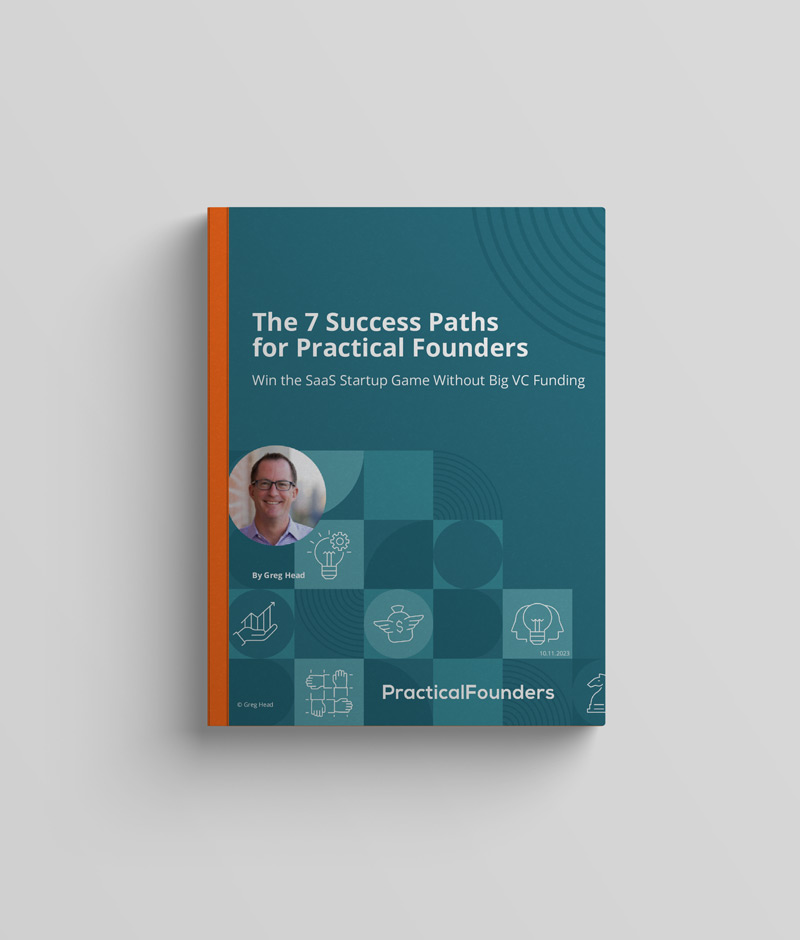SaaS founders stay on about 10% of the time, just two years after they sell their companies to private equity investors or strategic acquirers.
That’s what I’ve seen and experienced in hundreds of transactions over the last twenty years.
It’s possible for them to stay longer; it’s just not common.
First, there’s the acquisition celebrations and clapping for the rare occasion of selling your company. And there’s usually a big prize for the founders.
Then, there’s the new reality that this isn’t your company anymore. You don’t get to do things the way you did before.
Almost all founders have moved on after a year or two. Sometimes, it’s the founder’s choice, and sometimes it’s the acquirer’s choice.
Stuart Draper founded Stukent, an innovative ed-tech company that provides simulated internships for business students.
Stukent started by focusing on high-quality digital marketing education for colleges and universities using up-to-date digital textbooks and content. They added a simulation system for students to practice their digital marketing skills.
The team grew to over 100 employees and nearly $10 million in revenue serving marketing professors and their students.
In 2021, they engaged with Vista Point Advisors, an M&A advisor firm, to shop the company to prospective buyers and investors, eventually getting a majority investment from Tritium Partners, a private equity firm.
As Stu describes his transition from founder to CEO to CEO-with-serious-board-members:
“When we officially sold a major part of our company to investors, we had a brief celebration. My CFO and I called each other and screamed as loud as we could on the phone in a fun moment. We got there, we did this. My family also took a big trip, and I got a break.
“But then it was back to work. I was still the CEO and I still run this thing and I’ve got new investors that also need returns. I’m going to go deliver for these guys. They gave me a big payday, so I’m going to make sure they have a win too.
“After the second board meeting with our investors, I realized this is way harder than I thought. After eight board meetings and doubling the business again, I wasn’t enjoying this as much anymore. The board meetings were hard for me. Prepping for them was super stressful.
“So we found a new CEO for Stukent, and he’s doing great. Now I get to sit back in my chair at the board meeting, listen in, share my advice and opinions and come back in three months.”
Stu Draper, founder of Stukent
That’s a nice way to say it, but I’m sure it was much harder for Stu to go through it than it sounds. It’s always harder.
Stuart also describes the steps in their M&A process: how they did it, what worked well, and how he felt after their deal was done.
Check out this revealing interview with Stu Draper on the Practical Founders Podcast.


